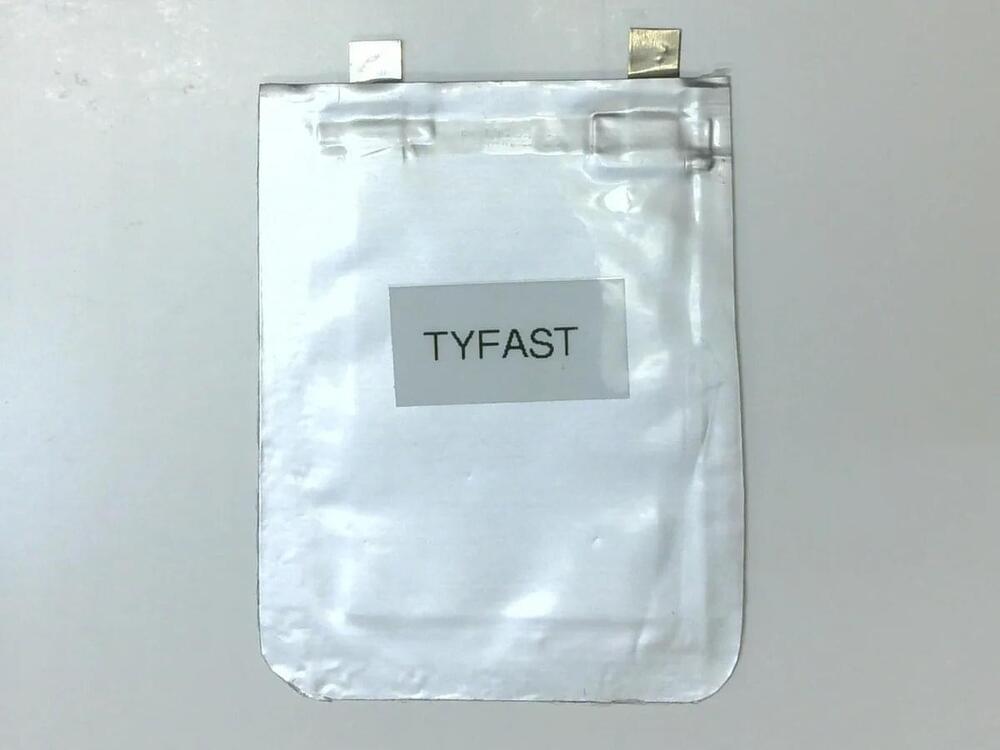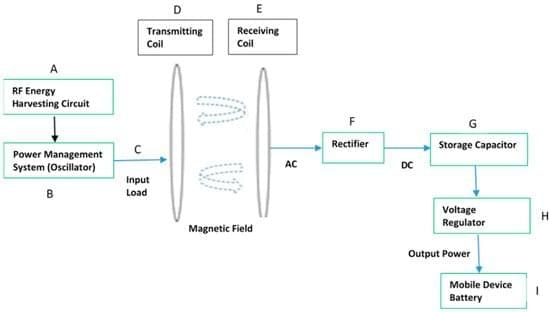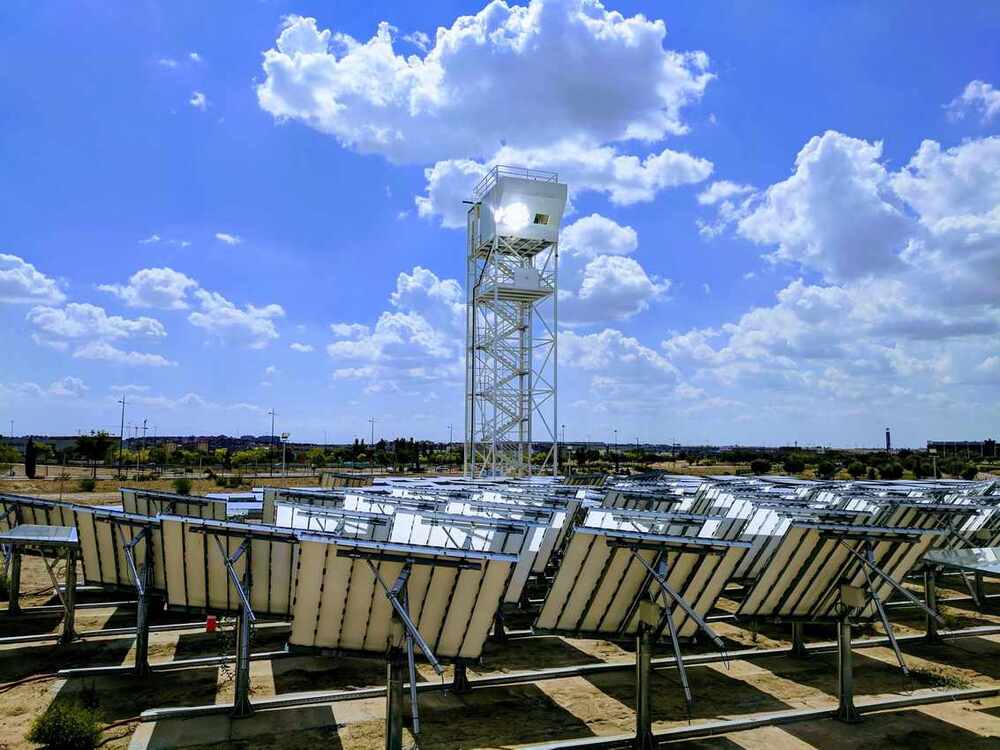Circa 2013 😃
News: the world’s first building to be powered entirely by algae is being piloted in Hamburg, Germany, by engineering firm Arup.
The “bio-adaptive facade”, which Arup says is the first of its kind, uses live microalgae growing in glass louvres to generate renewable energy and provide shade at the same time.
Installed in the BIQ building as part of the International Building Exhibition, the algae are continuously supplied with liquid nutrients and carbon dioxide via a water circuit running through the facade.





